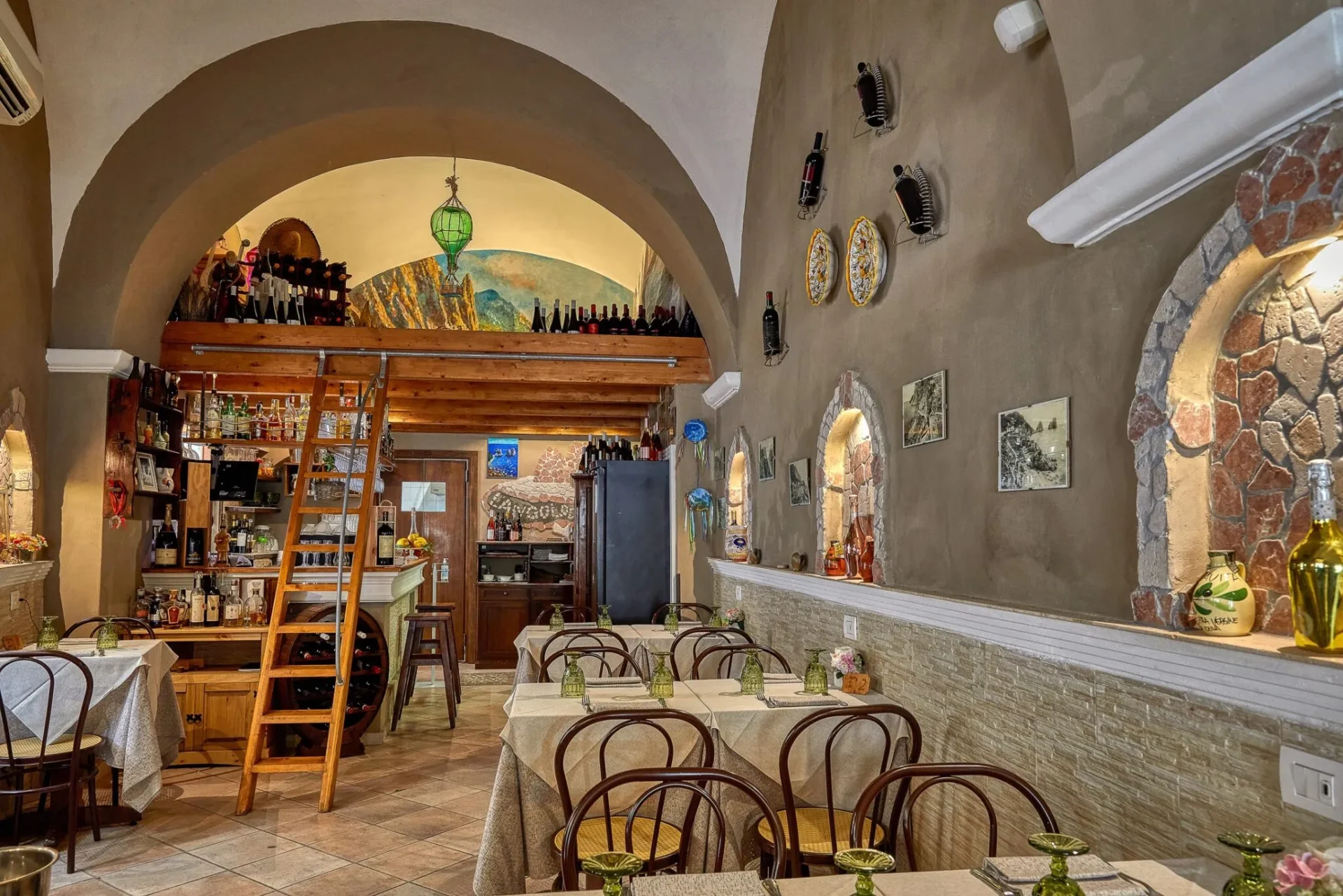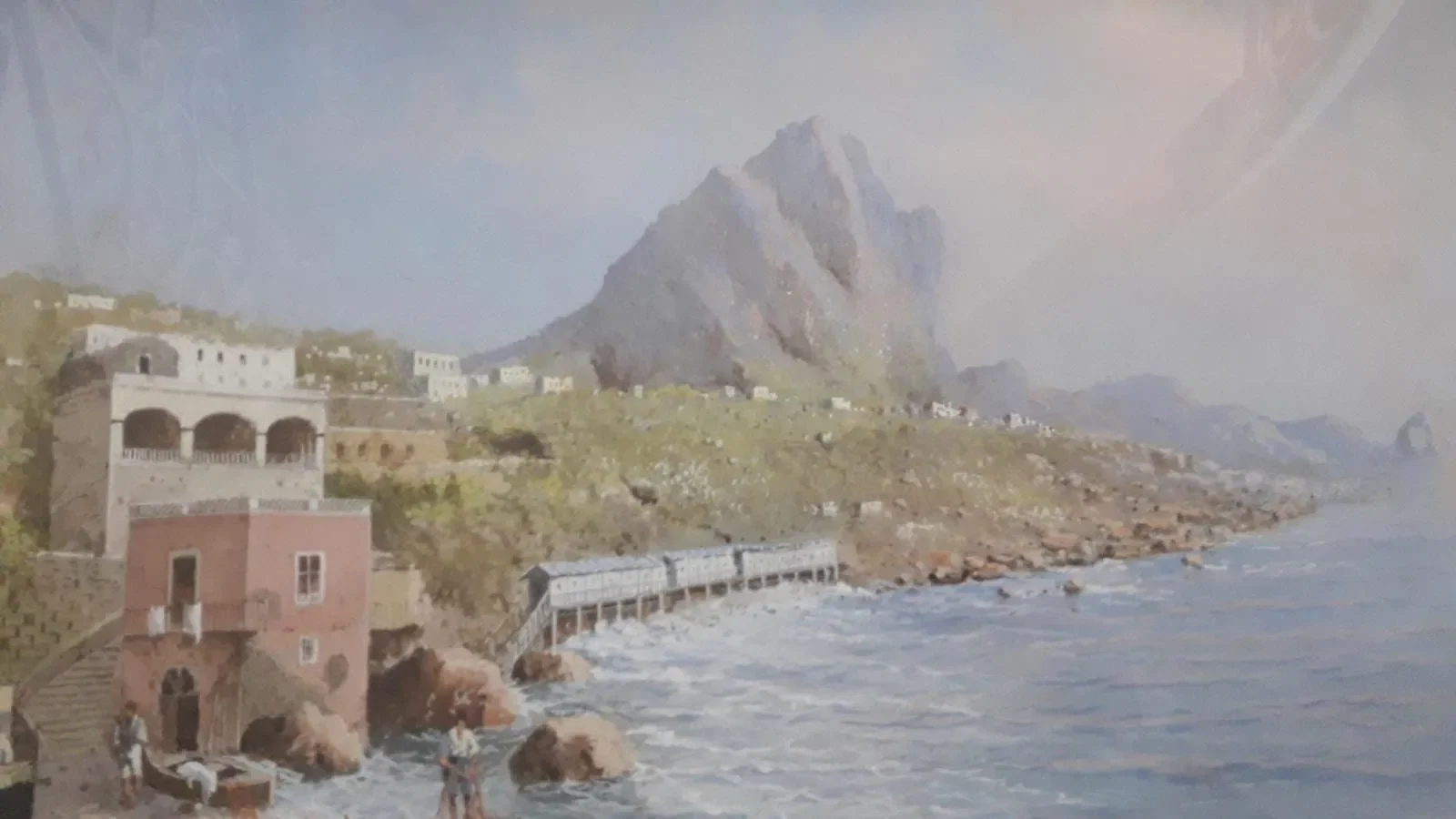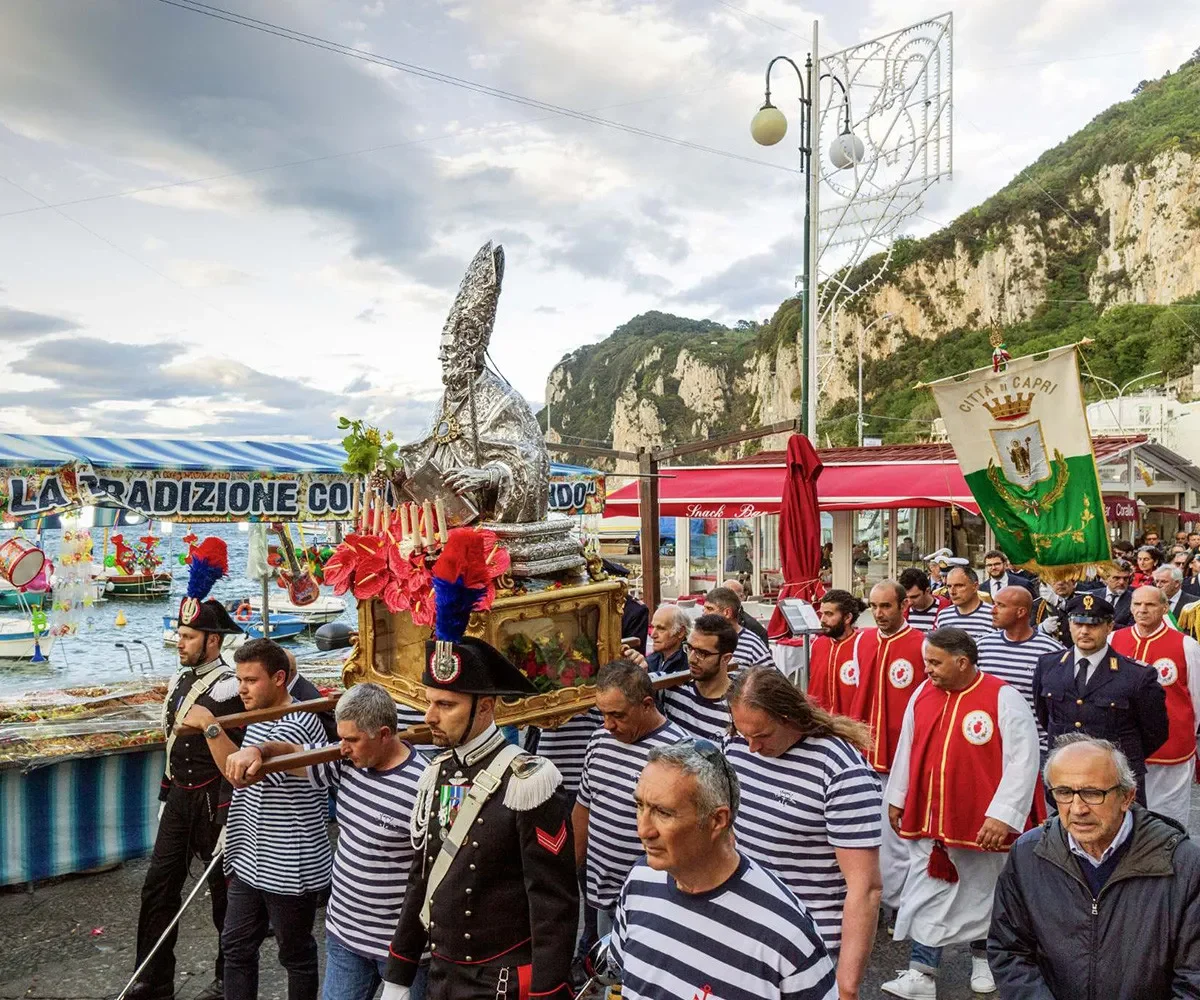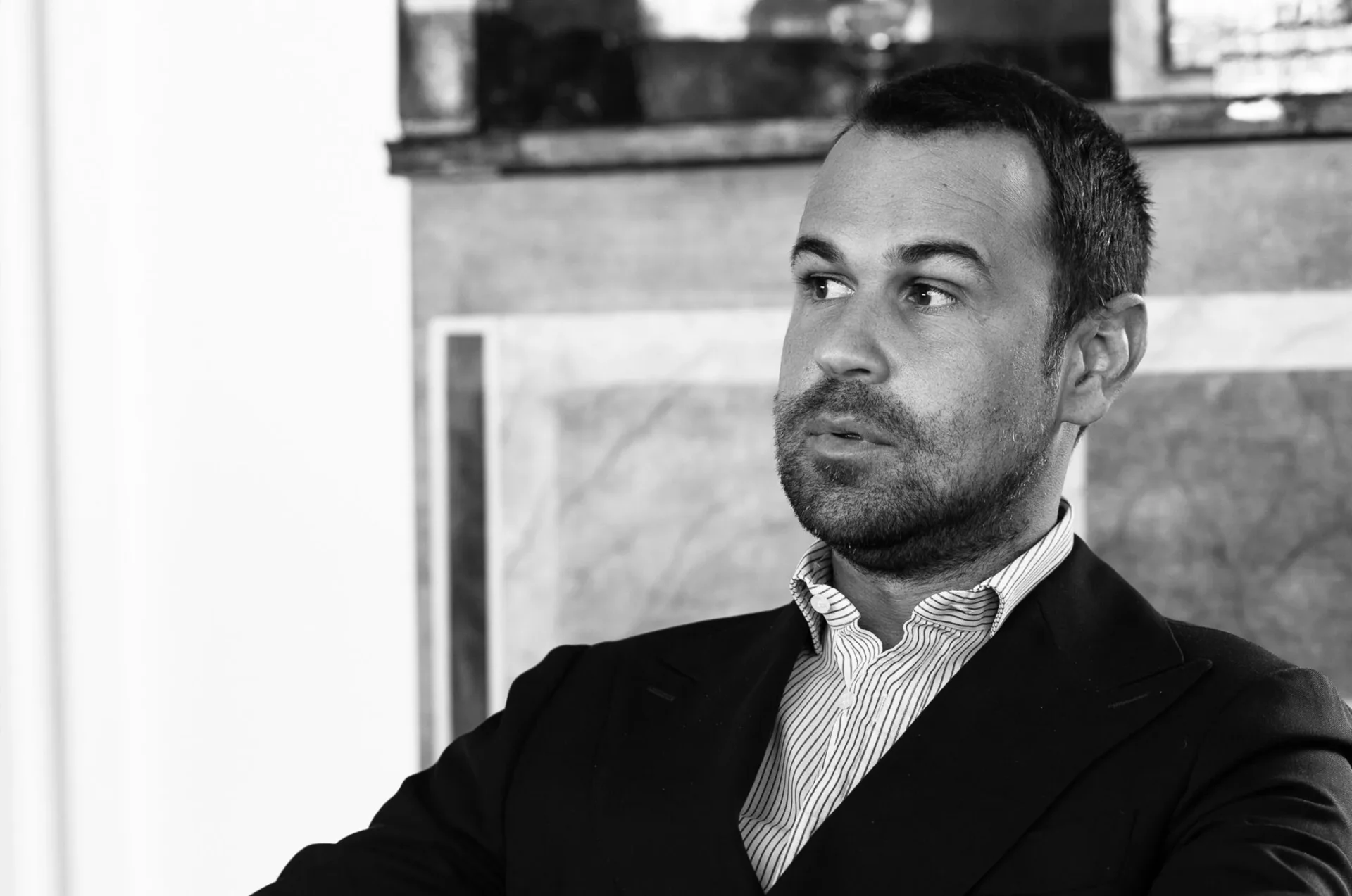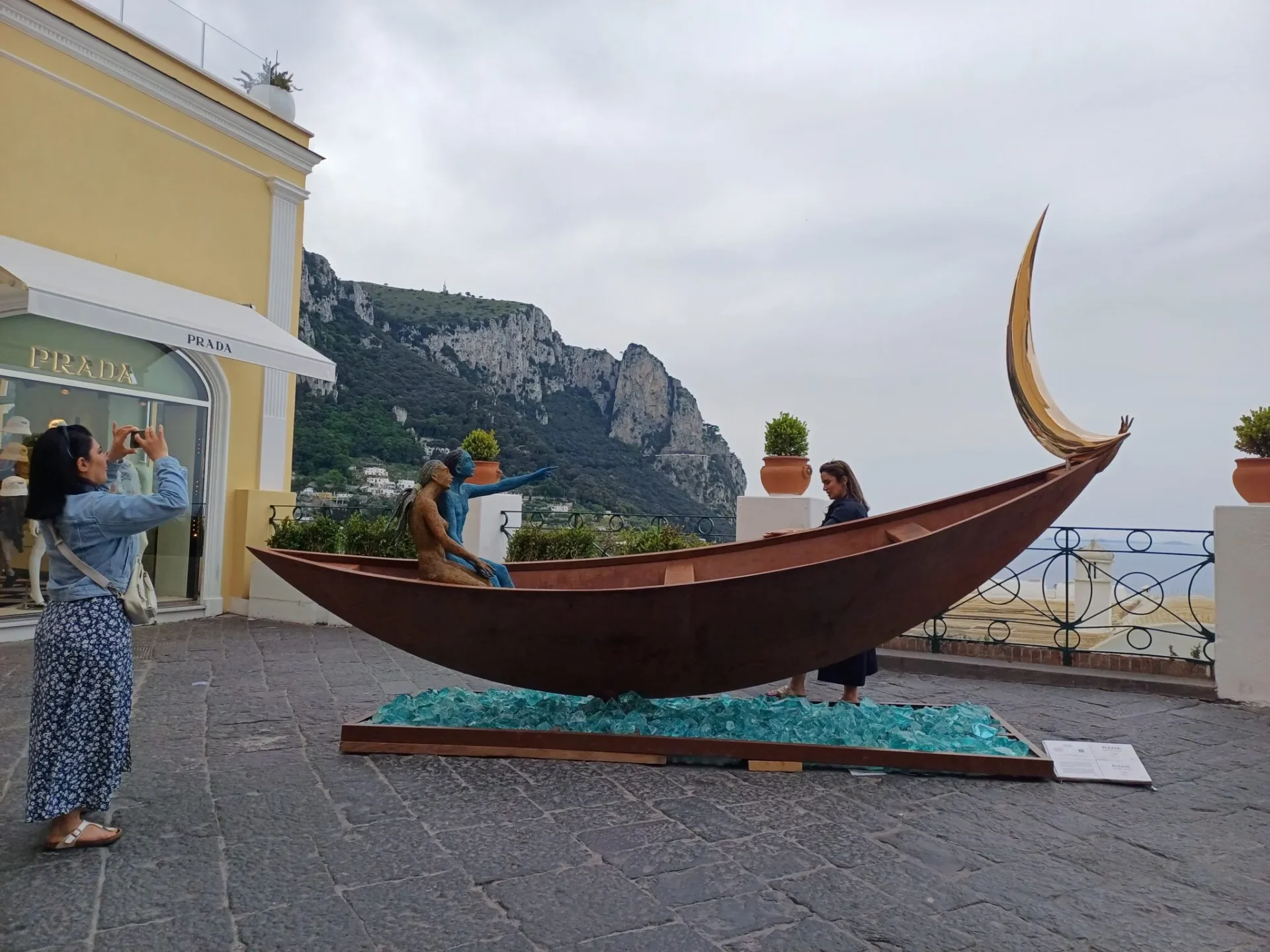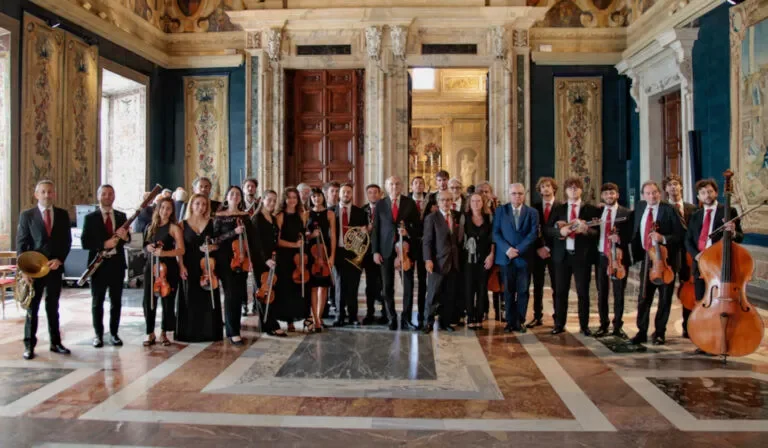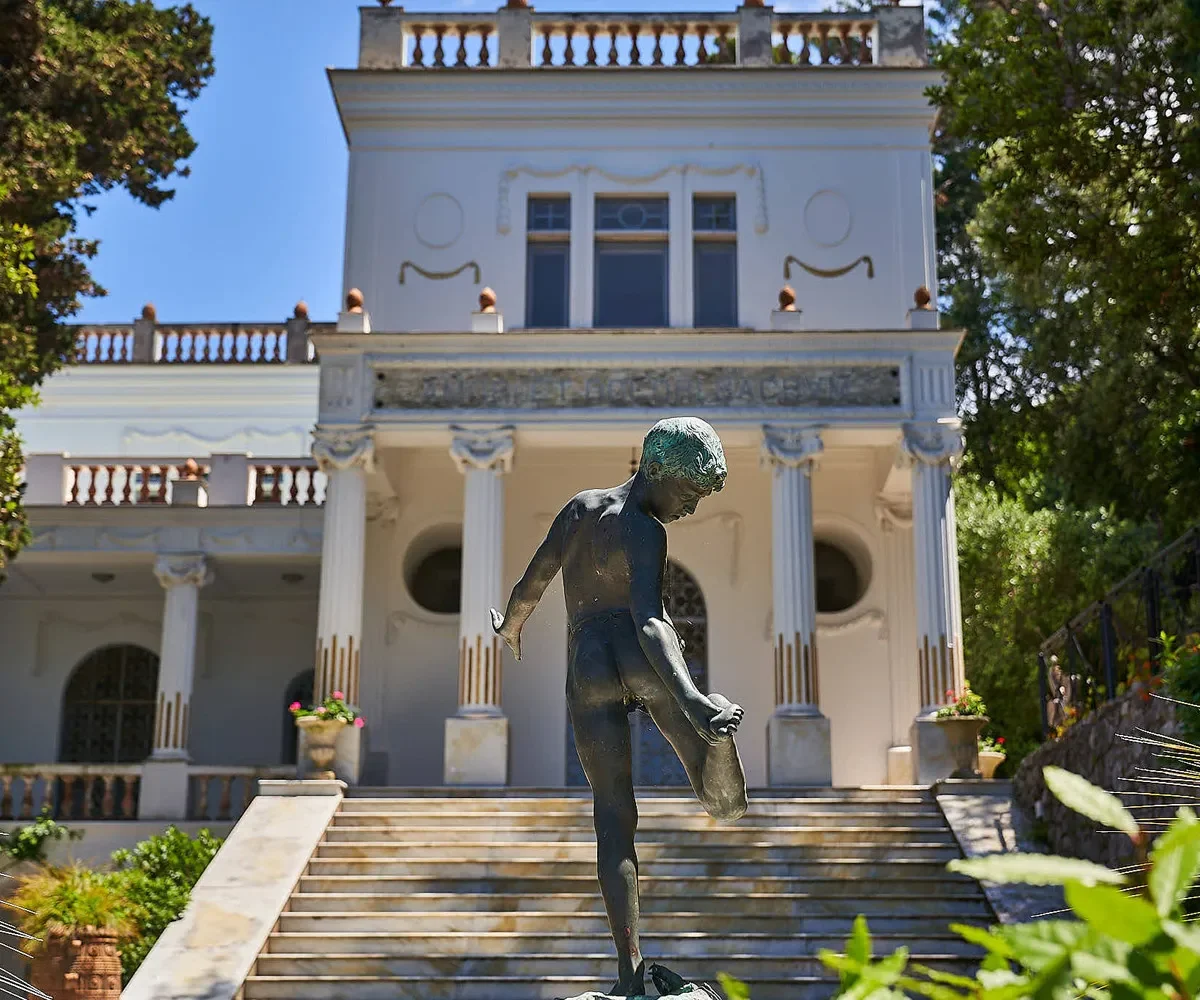May 14 falls on the day in Capri celebrates the patron saint Costanzo, under whose protection, the population has for almost a thousand years resisted the scourge of continuous raids of Saracens, pirates and Ottoman corsairs.
In reality we only know about Constantius that he was a bishop who lived in the seventh century, passed through Capri during his work of evangelization, liked the island, stayed there and died there.
Around his figure a cult had already been created when he performed his only miracle attested: it was the year 991 AD and for almost two centuries the Mediterranean was plagued by continuous Saracen raids. The Muslim leader Boalim, who had left Sicily after having pillaged Calabria, was heading for the coast of Campania. The Duchy of Amalfi, (of which Capri was part), sent messengers to try to settle things diplomatically, but Boalim was not interested in compromises: he plundered first Maiori and then Minori, desecrating altars and relics, and making great loot. The Duke of Amalfi, Manso III, to try to calm his fury, sent him food and supplies, but Boalim in response also raided Positano. But when they arrived near Laurito, his men were driven away by the inhabitants in a barrel of stones at their front and had to go back into the sea. Then they took to the islands of Li Galli where they looted and desecrated the monastery there present, then take off from Castellammare. Here, Boalim learned that in the city was present a military contingent is an attack would be dangerous. Naples was too well defended. He decided to sail for Ischia, but during the siege it was defeated and suffered many losses. At that point, with a heart of anger and a desire for revenge, he headed towards Capri. But when the population was already in a panic, here appeared Constantius, who caused a terrible storm that dispersed the ships of Boalim near the coast of Lucania and saved the island.
A single miracle, but the Capresi have always turned to their patron for the most disparate favors. Proof of this are: the many ex-voto for grace received that fill the bulletin board of the Saint; the presence of a miniature of his silver statue in almost all houses; the large number of people who call themselves Costanzo/ a; and the enthusiasm that every year accompanies the preparations for its procession.
Already in the previous days there is excitement in the air with the setting up of the lights, the supervision of the “masters of the party”, the arrival of the stalls and finally that of the band who, as she arrives, lets go to a cheerful played for the Navy.
Then, the fateful day, punctual at 18:00, with the Piazzetta crowded waiting for him, finally he peeks. Beautiful, majestic, surrounded by anturium.
A wonderfully deafening din begins between fireworks barrels and the incessant bell-ringing, while San Costanzo floats down the stairs of the church and the sun shines silver. Between smiles and signs of the cross, the band begins to play and a long procession takes the road that leads to the Marina Grande.
Meanwhile at the port a great crowd awaits the saint. From the balconies it rains flowers petals, the fireworks resume to thunder and after a prayer in the dock, the procession finally begins at its conclusion in the Church of San Costanzo, where the statue of the saint will stay about ten days before a second procession brings it back to that of Santo Stefano.
It could be pointed out that all processions are beautiful, tell the culture of a country and often have the ability to evoke particular emotions.
But in the opinion of the writer, San Costanzo arouses a particular joy: it will be the spring climate, the tourist season that finally enters into life, the music, the procession almost all downhill that does not tire elderly and children… But in short there is really something special!
Especially the tradition wants that from the day after the procession, officially begins the bathing season!
by Antonio De Gregorio

